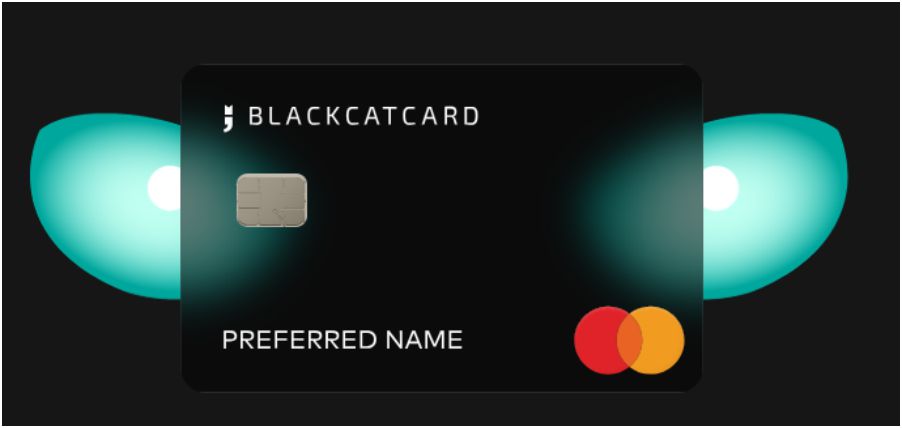Back in 2008, when the Lehman Brothers filed for bankruptcy, it was done with fear and confusion, following one of the worst economic meltdown since 1920’s great depression. Up until then Lehman Brothers survived the great depression, two world wars, cash shortage, the Russian debt default of 1998 and the long term capital management collapse. However, despite surviving all these, the collapse of the housing market in the US brought Lehman brothers to its knees.
Back in 2008, compliance was a nuisance function that banks used to keep in the back office. Its importance wasn’t fully appreciated, and there had been a complete lack of investment in it. Fifteen years ago, banks may have paid attention to the regulators, but they didn’t worry about them the way they do today.
So, with the target of delivering world class regulatory risk data and analytics, Corlytics empowers its partners to make transformational, informed, and positive choices. It uses a combination of artificial and human intelligence to categorize and organize regulatory notices and when required, internal firm data, into highly structured relevant information. This allows regulated firms to protect themselves from unexpected exposures and fines.
The Inception Story
Thanks to the global economic meltdown of 2008, banks and other financial institutions have been confronted by an intimidating stack of new regulations. However, the founders of Corlytics found a business opportunity in the landslide of 54,000 regulatory documents which was published by 130 different agencies of the G20 countries.
The most shocking part of this financial meltdown was Lehman Brother’s bankruptcy filing, since the great depression of 1920s no major bank had failed. And suddenly one of the top 10 investment banks was gone! Just like that! This created a problem that was unseen before. In fact, the biggest risk for the world’s top 20 banks today is regulatory risk. Last year there were about $100 billion in fines levied on banks for not complying with regulations. In 2008, before the big financial crisis, that was less than $1 billion.
When the Aim is to Solve Regulatory Risks
Corytics analyses the enforcement outcomes of each regulator and regulatory categories, allowing banks and financial institutions to understand the business impact. Data is presented in a digestible, easy to action dashboard, with heat-maps and financial impact predictions.
Corlytics’ technology includes:
Taxonomy Mapping: Corlytics’ regulatory taxonomy solution enables categorization, mapping and routing of regulatory content to a firm’s view of compliance risk, business lines, and controls. Corlytics makes sense of regulatory notices for departments, teams and individuals so that only relevant information is highlighted for action. The solution has also been used to create the world’s first ‘searchable’ intelligent handbook, through taxonomy mapping.
Monitoring global regulators: Corlytics’ bots scan all notices from regulators for all types of regulatory content. It collates this information to a single cloud-based repository, which can be used for analysis and risk weighting.
Risk insights: RiskFusion® highlights regulatory concerns for risk, audit and compliance teams to assist in the planning and allocation of regulatory compliance investments. Corlytics collects and categorizes regulatory data. Relevant data sets are then analyzed and summarized by Corlytics regulatory and legal analysts. RiskFusion® risk models are applied to the curated data to illustrate the highest risk jurisdictions, regulations, regulatory topics and provisions.
Corlytics RED app: This app scans regulators in near realtime for all types of regulatory developments. These include regulatory notices, speeches, press releases, consultations, enforcements and penalties. Users can choose five global regulators to appear in their feed and RED (regulatory enforcement data) alerts on content relevant to them.
The Trendsetter
John Byrne is the CEO and founder of Corlytics. When it comes to setting the company’s vision and strategy, John is the go to guy. He is a serial entrepreneur in the financial technology sector, and has built and sold multiple global technology based enterprises. He also founded one of the first campus companies in Ireland back in 1985 in the energy sector. That’s not all; he also built Information Mosaic in 1997, a global player in the securities software industry which was later sold to Markit in 2015.
Since the introduction of global regulations for the financial markets in 2009, John realized that there was complete lack of intelligence and predictive analytics in order to help the banks, regulators and their advisers to make informed decisions.
Picking up Invisible Trends
Corlytics has developed a global taxonomy that structures all regulatory notices, enabling businesses to look across jurisdictions for common trends and patterns. This global intelligence means the company can pick out emerging trends that are otherwise invisible. In 2017, Corlytics helped develop the world’s first intelligent regulatory handbook for the UK’s regulator the Financial Conduct Authority (FCA). The FCA handbook is used by thousands of regulated financial institutions and their advisors daily. It contains binding regulatory obligations and guidance for firms.
Corlytics has worked with the team at the FCA to apply a central, common taxonomy to all regulations. Having put this in place, the existing material in the handbook can be tagged and machine read. This allows for a much more user-friendly search and navigation experience.
When Expansion is on the Cards
Corlytics continues to generate promising unsolicited inward leads and referrals which reflect the strength of its value proposition and suite of compliance risk applications. The company’s sales and successes to date with early adopters including global regulators, large global banks and financial institutions illustrate substantial validation of its product.
According to the company, it will continue to pursue its sales channels in core markets such as Europe and the US. A strategic partnership with a global bank, advisory practice or consultancy firm may be considered to accelerate growth and market approval in new territories.
This year, Corlytics is planning on expanding its core product offer in terms of strategic geographical and regulatory coverage to include other jurisdictions. In terms of market segmentation, it sees significant potential for sustained growth across asset management, brokerage and insurance.



















